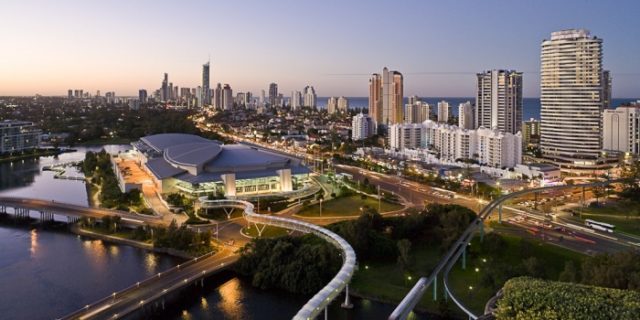
Sectors such as electrical and electronics, metalworking, food, chemical and agricultural are just some of those that stand out for their commercialization potential in the Australian market, according to the study “Mapping of Australia” recently presented by the Promoter of Foreign Trade of Costa Rica (PROCOMER). In 2017, exports to this destination totaled US$ 32 million; they were concentrated in the agricultural and medical devices sector. However, the study carried out by PROCOMER identified 121 products with the export potential to this market.
This study was conducted with the objective of increasing knowledge of the Australian market and deepening the potential commercial exchange between Costa Rica and Australia. To do this, it analyzes the socio-demographic, economic, and commercial environment of the country, characterizes the Australian consumer, identifies potential products, evaluates the export experience of Costa Rican companies and exposes the logistic options to reach this market.
By deepening its economy, the study identified that Australia seeks to transform its manufacturing industry, with the objective of increasing its levels of productivity and incorporating it into global value chains (GVCs) with a greater technological component.
Additionally, facts as the recent trade agreement that Australia signed with Perú, its interest in the Pacific Alliance, and trade fairs in Latin America, they all represent important signs of rapprochement by this country to Latin American economies; these factors reinforce a favorable environment for trade relations between Costa Rica and Australia.

Marta Esquivel, director of Commercial Intelligence at PROCOMER, highlighted “it is a specialized market, with a conjuncture in its productive structure and consumer conditions that may be beneficial for Costa Rican businessmen. Costa Rican products and services are of high quality, however, we must work on the needs of the market segment we want to reach and integrate these inputs into the strategies we use to sell and promote ourselves outside of Costa Rica”, she added.
The study characterizes Australian consumers as a population that prioritizes spending on housing, food and beverages, transportation, and leisure. In addition, it highlights the population between 45 and 49 years as the highest income. In line with this characterization, trends are identified in three main categories: lifestyle, healthy eating, and care of spending.
With respect to lifestyle, the high level of education and the strong presence of the Internet in homes have caused the population to develop important ICT skills (including for leisure time), which has generated important commercial consequences, such as the growth of electronic commerce (60% of companies make online orders). As for healthy eating, there is an increase in the sale of organic vegetables and an important preference for foods without added sugar, without artificial or completely natural ingredients, for example.
The tendency of care expenditure is cross-cutting between different age ranges, driven by high housing costs, education or adjustments in consumption patterns for retirement. These are aspects to consider when defining niche markets.


